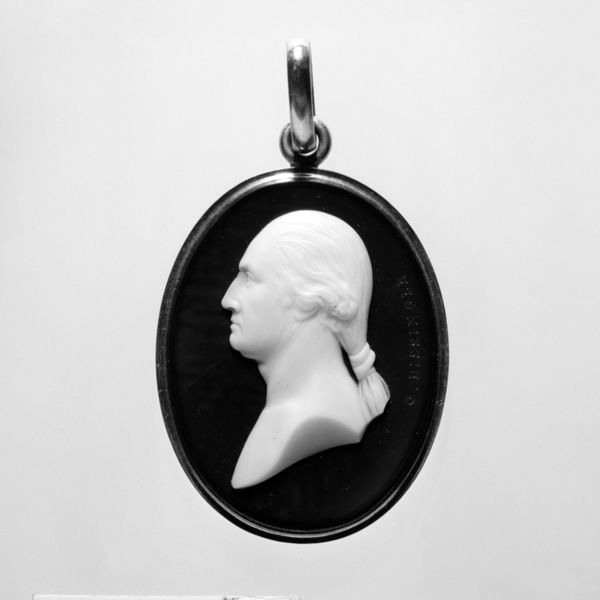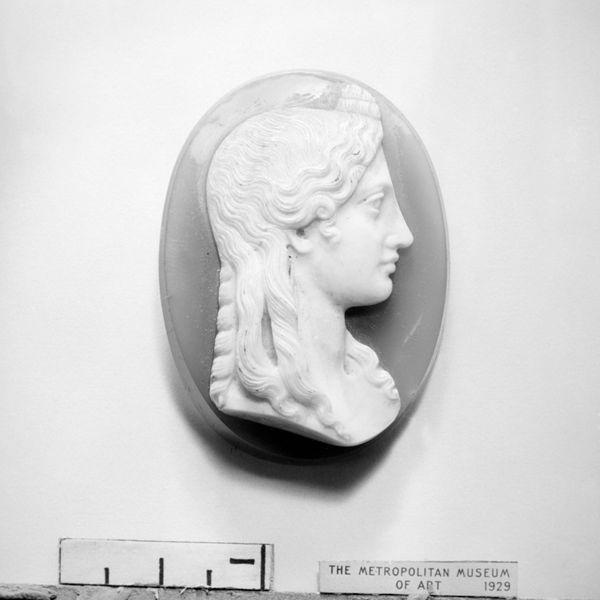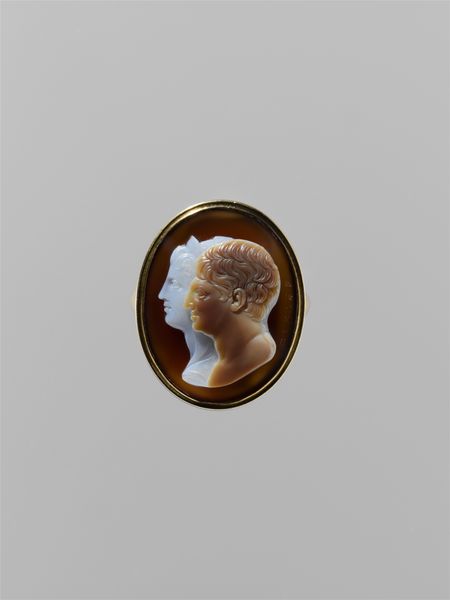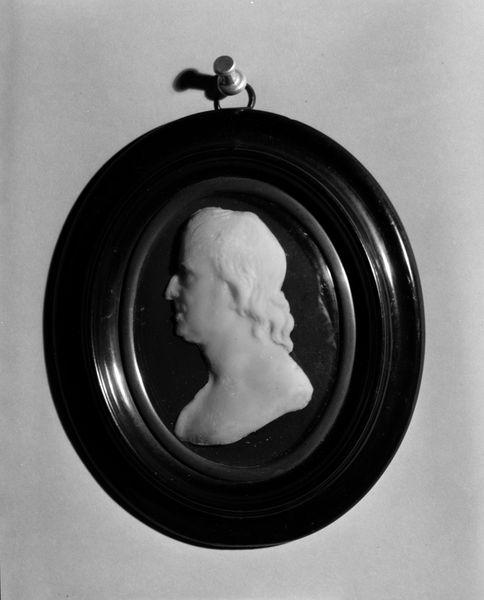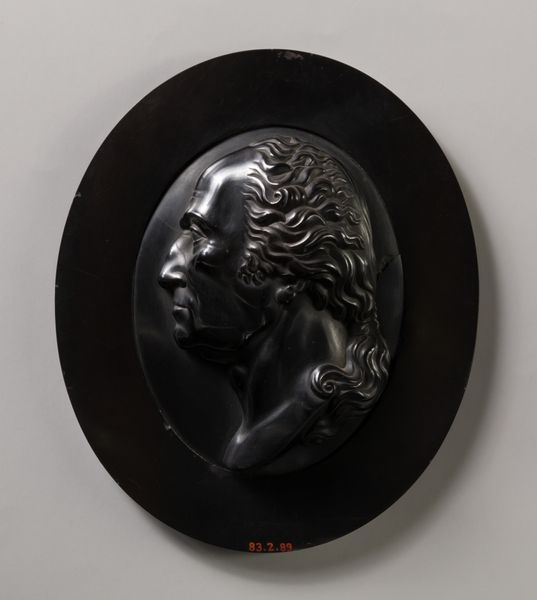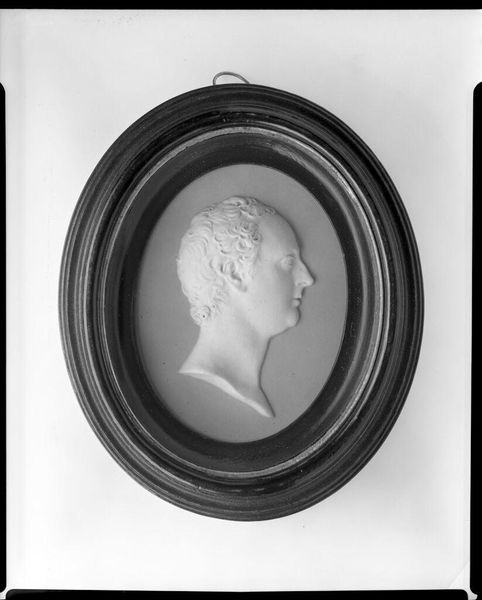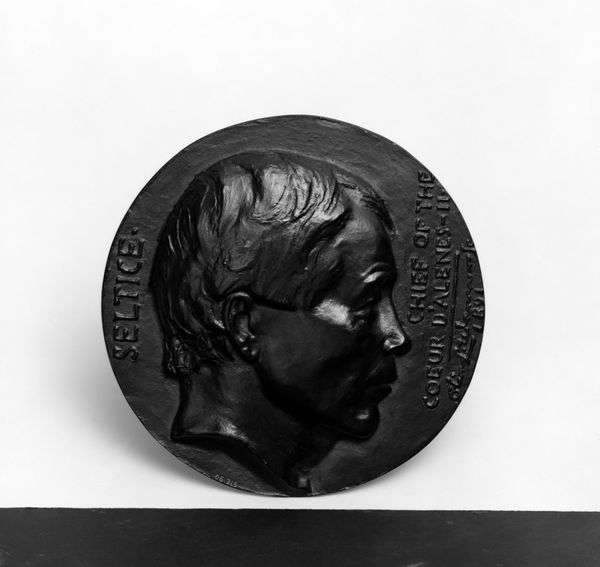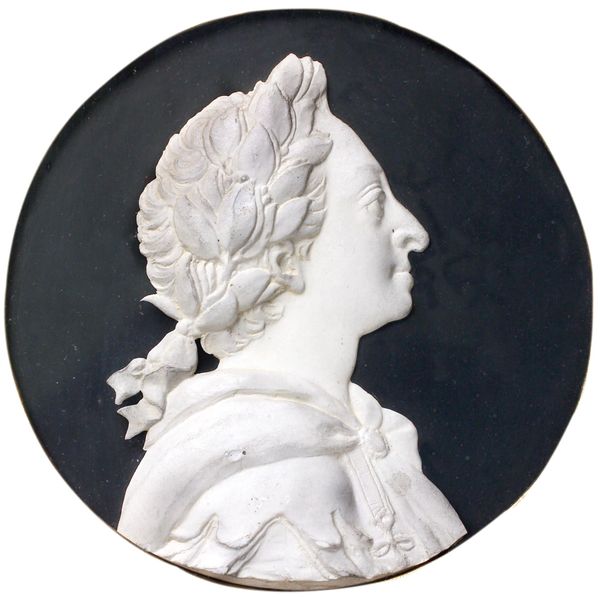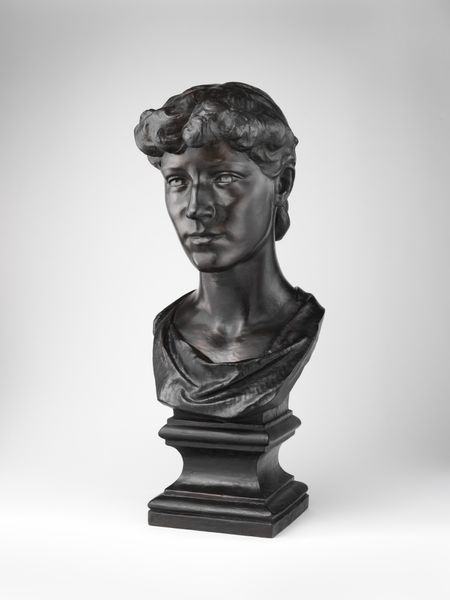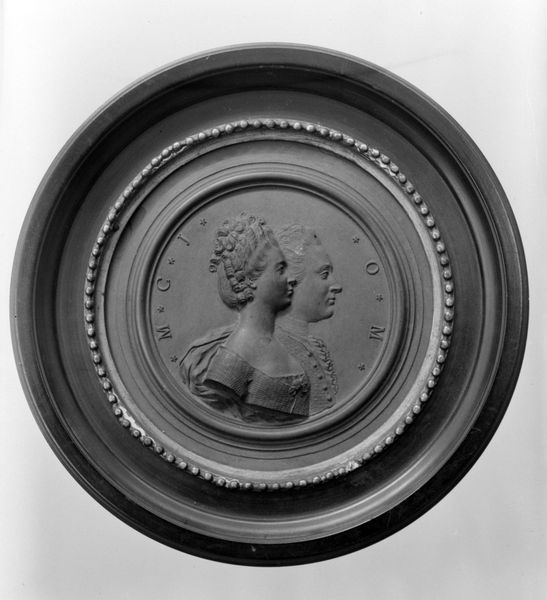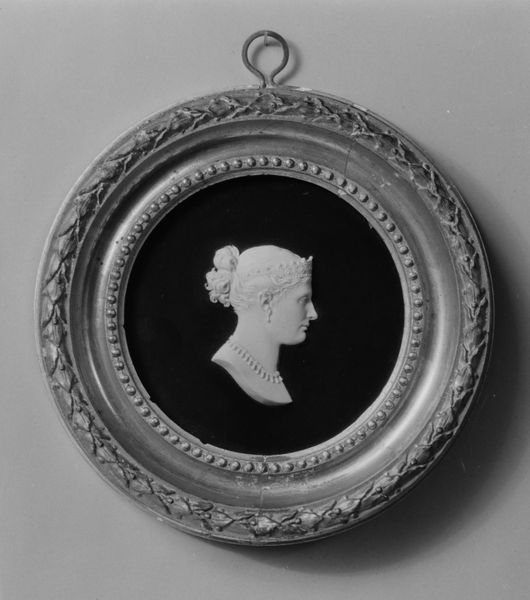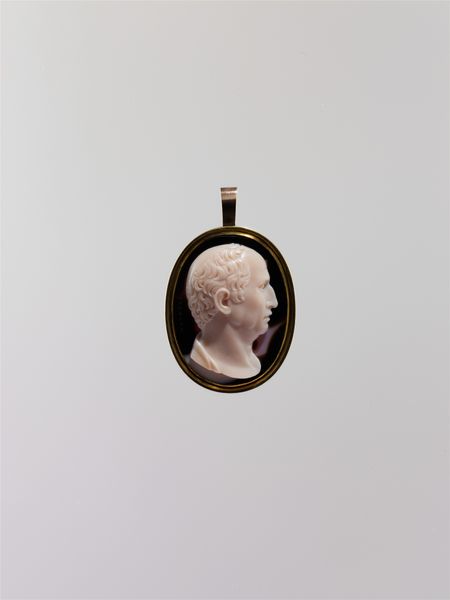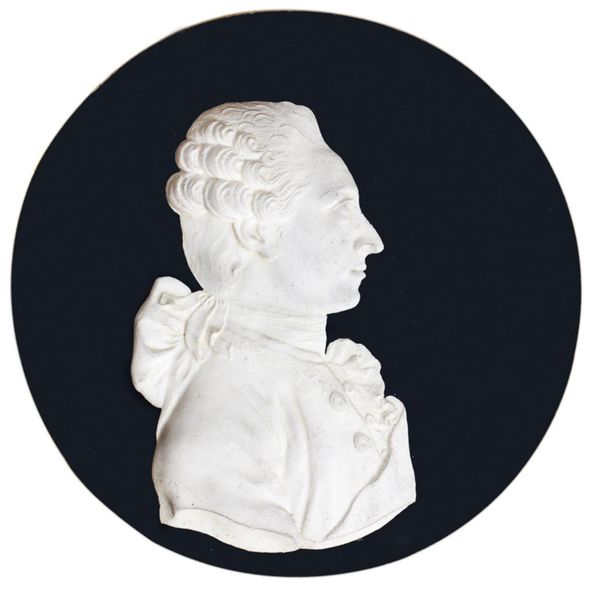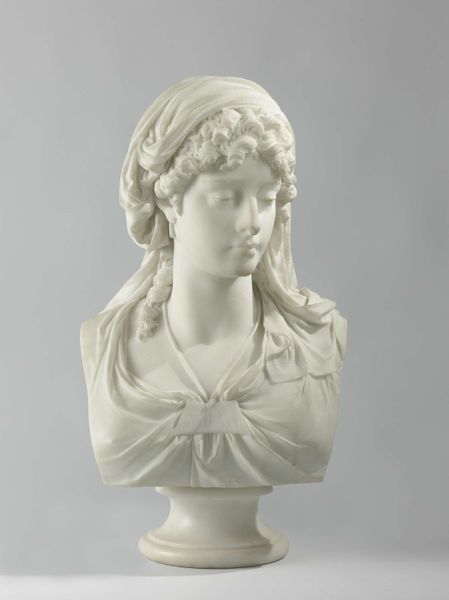
relief, sculpture, marble
#
portrait
#
neoclacissism
#
sculpture
#
relief
#
classicism
#
ancient-mediterranean
#
sculpture
#
decorative-art
#
marble
Dimensions: 1-15/16 x 1-1/2 in. (4.9 x 3.8 cm)
Copyright: Public Domain
Editor: So, this lovely marble relief is called "Ceres" and it's from the 19th century. Seeing the meticulous details, it reminds me of the ancient Greco-Roman style. What can you tell me about this artwork? Curator: Let's consider the production of this piece. This relief is marble, a material laden with social significance since antiquity. To understand the revival of classicism and neoclassical styles in the 19th century, consider the Industrial Revolution as its backdrop, because with the rise of industrial capitalism and machine work, marble work would need to change to accommodate that shift. Editor: That makes sense. I guess I hadn't really thought about how industrial advancements could affect the art world so directly, influencing the materials being used, as well as artmaking. Curator: Precisely. These Neoclassical works, especially marble reliefs, are often framed by social hierarchies; access to this luxurious medium has economic implications about status and leisure, even wealth. Moreover, in terms of the carving process, think of the labor. The work done to extract, shape, polish marble – skilled, certainly, but also physically demanding, which ties it to notions of labor. Editor: Interesting! The cameo almost looks mass-produced but now you are bringing it all down to the socio-economics of both materials and the physical, time-consuming labor. Curator: It certainly has an appearance of accessibility. The delicate execution of carving and the mode of dissemination play against that very notion by subtly reaffirming elitism and hierarchies. Editor: I never would have considered that without your perspective! Thank you. Curator: A fresh perspective is essential when engaging with art, but the critical consideration of material and manufacture offers tangible social dimensions that can truly enhance the art encounter.
Comments
No comments
Be the first to comment and join the conversation on the ultimate creative platform.
